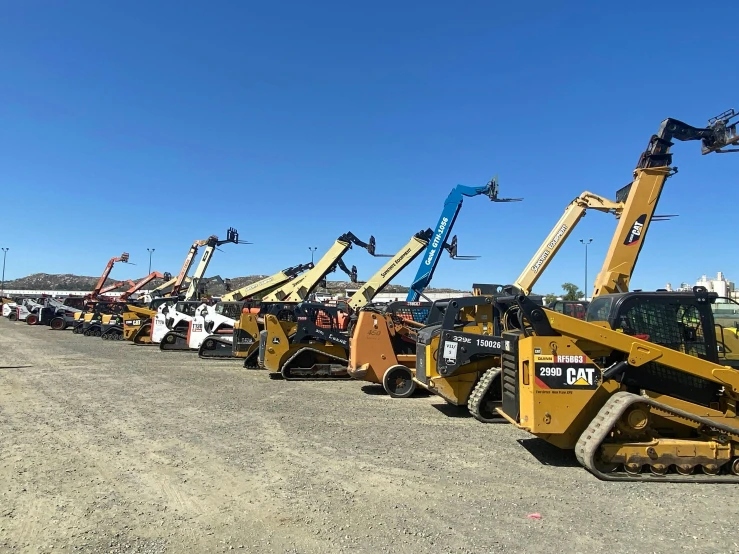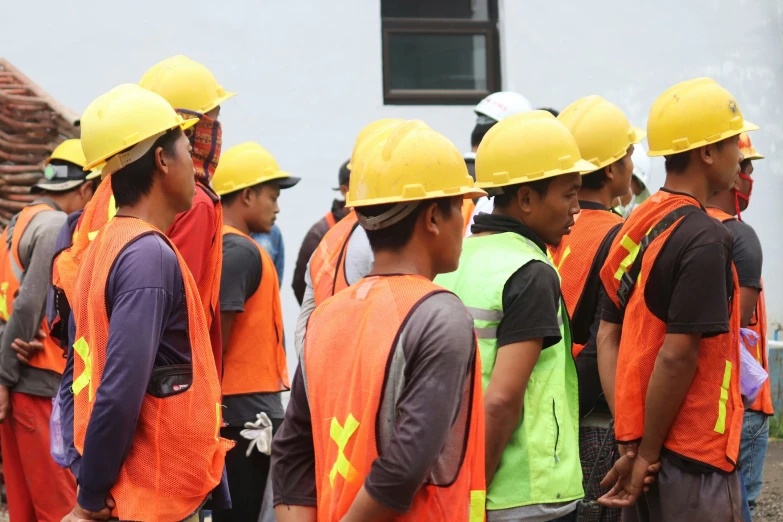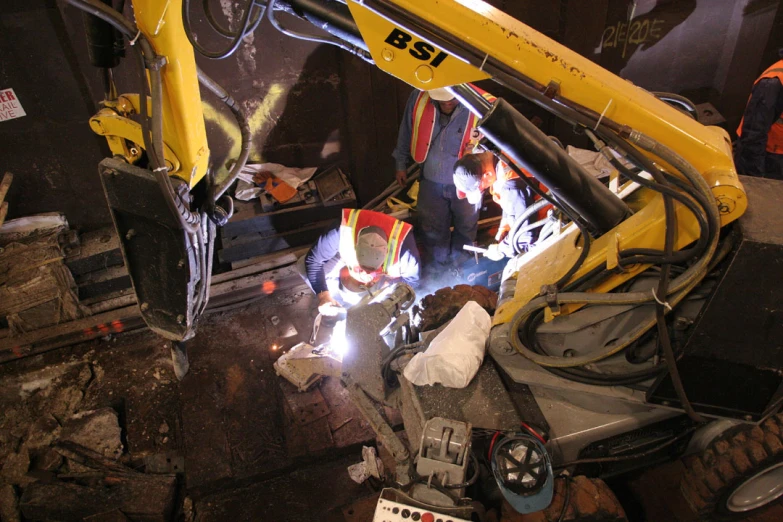1. What is Construction Equipment?
Construction equipment refers to the machinery and tools used on construction sites to enhance efficiency and safety. These devices play a crucial role in various construction projects, from foundational work to high-rise buildings, each with its unique functions and applications.

2. Common Names of Construction Equipment
2.1 Excavator
An excavator is a versatile machine primarily used for digging soil, transporting materials, and demolition work. It typically features a rotating arm and bucket, allowing operation in various terrains.
2.2 Bulldozer
A bulldozer uses a wide blade to push, grade, and clear soil. Its powerful engine enables it to perform significant tasks in heavy construction, making it suitable for land leveling and foundational work.
2.3 Loader
Loaders are used for loading and transporting soil, gravel, and other materials. Their bucket design allows for quick and efficient movement of heavy loads, widely utilized in construction sites and mines.
2.4 Concrete Mixer
Concrete mixers mix concrete on-site, ensuring the uniformity of materials. Depending on project needs, different capacities and types of mixers can be selected.
2.5 Forklift
Forklifts are used for handling and stacking materials, particularly in warehouses and construction sites. Their flexibility and efficiency make them essential tools in the construction industry.
2.6 Crane
Cranes are used for lifting and moving heavy objects, with types including tower cranes, mobile cranes, and bridge cranes. Different crane types are suitable for various construction environments and needs.
2.7 Skid Steer Loader
A skid steer loader is a small, versatile machine suitable for digging, transporting, and clearing in tight spaces. Its maneuverability makes it ideal for urban construction projects.
2.8 Paver
Pavers are used for laying asphalt or concrete, ensuring the quality and smoothness of road surfaces. They play an essential role in highway and large paving projects.
2.9 Roller
Rollers are used for soil compaction, ensuring the stability of foundations. They are widely utilized in road construction and foundation engineering.
2.10 Tower Crane
Tower cranes are designed for high-rise buildings, capable of lifting heavy loads in confined vertical spaces. Their stability and lifting capacity make them indispensable in the construction industry.
3. How to Evaluate the Performance and Suitability of Construction Equipment?
When assessing the performance and suitability of construction equipment, consider the following aspects:
- Technical Specifications: Review the machine’s power, lifting capacity, and working range to ensure they meet project requirements.
- Brand and Reputation: Choose equipment from reputable brands, as they generally offer better quality and after-sales service.
- Usage Scenario: Consider whether the equipment design is appropriate for specific construction environments, such as terrain and space constraints.
- User Reviews: Refer to other users’ experiences and feedback to understand equipment performance in real-world applications.
4. How to Choose the Right Construction Equipment?
Choosing the right construction equipment involves considering multiple factors, including project scale, budget, construction environment, and equipment availability. Ensure that the selected equipment meets specific needs to avoid unnecessary costs and delays.

5. What Are the Safety Precautions for Operating Construction Equipment?
5.1 Regular Training
All operators must undergo professional training to ensure they understand the equipment’s operation methods and safety protocols.
5.2 Equipment Inspection
Before each use, conduct a thorough inspection of the equipment to ensure all functions are operational and to prevent accidents.
5.3 Wear Safety Gear
When operating construction equipment, appropriate safety gear, such as helmets, goggles, and ear protection, must be worn to ensure personal safety.
6. What Role Does Construction Equipment Play in Construction Projects?
Construction equipment contributes to improving efficiency, reducing labor costs, and ensuring safety on construction projects. Proper use of equipment can shorten project timelines and enhance quality.
7. How to Assess the Cost-Effectiveness of Construction Equipment?
Assessing the cost-effectiveness of construction equipment requires considering purchase costs, maintenance expenses, expected lifespan, and a comparison between leasing and buying. Selecting the most economical option is crucial for project success.
8. How Do New Technologies Influence the Design and Use of Construction Equipment?
With the advancement of technology, construction equipment continues to evolve. The introduction of automation and smart technologies makes equipment more efficient and safer to operate.

9. How to Maintain and Troubleshoot Construction Equipment?
Regular maintenance and timely troubleshooting are key to ensuring long-term stable operation of construction equipment. Establishing a comprehensive maintenance plan and troubleshooting process can effectively extend equipment lifespan.
10. What Are the Future Trends in Construction Equipment Development?
In the future, construction equipment will increasingly focus on smart technology, environmental sustainability, and eco-friendliness. As technology progresses, equipment will evolve towards greater efficiency and safety.
Conclusion
Understanding construction equipment is vital for successful project execution. At Rexcavators, we’re here to help you choose the right tools and ensure their proper use to enhance efficiency and safety. For any specific questions or guidance, feel free to consult us—we’re here to support your construction needs!

